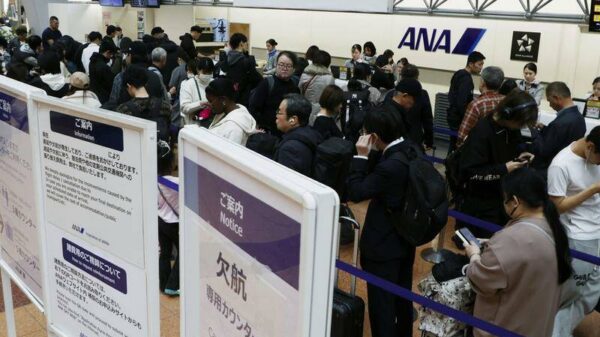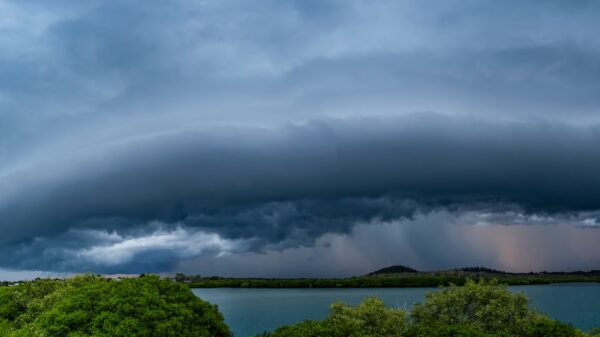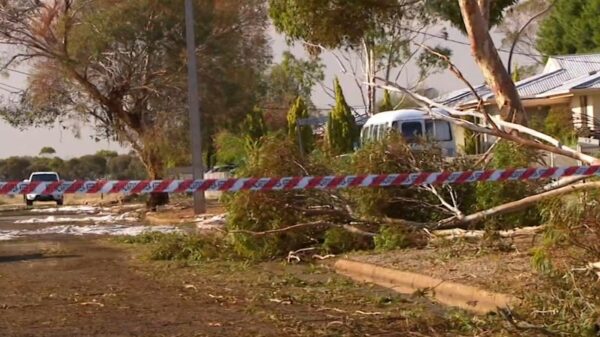The U.S. Department of Energy has issued a stark warning about the increasing risk of blackouts across the nation. This warning comes amid concerns that the current power grid lacks sufficient baseload capacity to meet growing demand. The department’s report highlights that the premature retirement of existing generation capacity, coupled with delays in establishing new baseload facilities, has created a significant supply-demand mismatch. This could potentially lead to a twofold increase in blackouts by 2030.
Key Challenges Facing the U.S. Power Grid
Energy Secretary Chris Wright emphasized the urgency of the situation, noting that the country’s future energy needs are substantial given its reindustrialization and the competitive race in artificial intelligence. Wright stated, “The United States cannot continue on the unstable path of closing crucial baseload power sources like coal and natural gas.” He assured that the current administration is committed to securing a reliable energy supply by focusing on all forms of energy that are both affordable and secure.
The North American Reliability Corp. (NERC) has echoed these concerns for over two years. They have pointed to extreme temperatures and an increased reliance on weather-dependent energy sources, such as wind and solar, as factors that compromise the grid’s stability. The proliferation of data centers, which require vast amounts of electricity, has further exacerbated the demand surge. According to NERC, this combination of higher demand and less firm resources has placed the grid at an “elevated risk of operating reserve shortfalls during periods of high demand or low resource output.”
Future Outlook and Capacity Additions
The Department of Energy’s current management plans to add approximately 209 GW of new capacity by 2030 to replace 104 GW of retired capacity. However, only 22 GW of this new capacity is expected to come from baseload facilities, which the department warns is insufficient to guarantee grid stability. The report calls for a balanced approach to energy generation that includes both renewable and traditional energy sources to ensure a stable and reliable electricity supply for the future.
This report, authored by Irina Slav for Oilprice.com, underscores the need for strategic investments in energy infrastructure to prevent potential disruptions and secure the energy needs of the nation in the coming decades.





























































